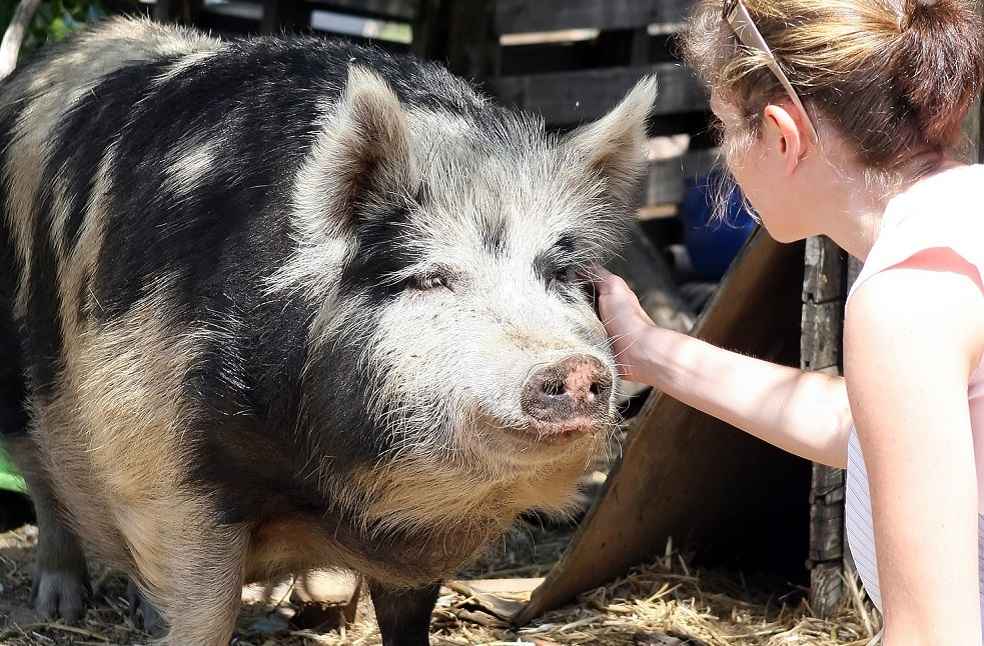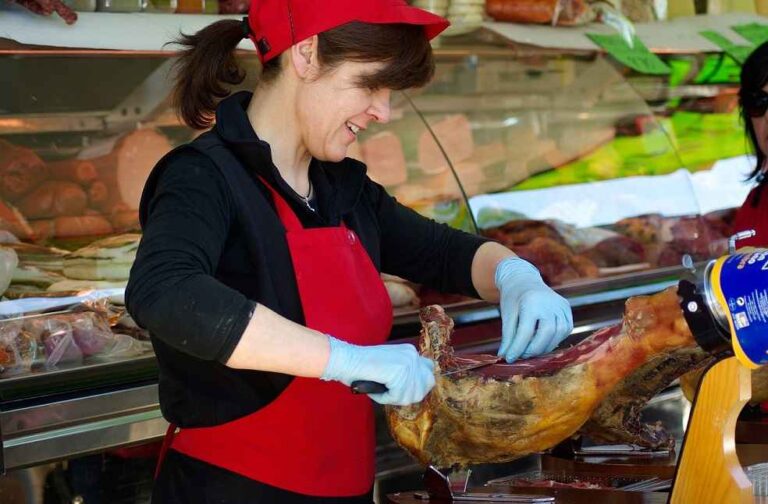The storm of disease outbreaks, geopolitical squabbles, and the enduring COVID-19 pandemic, the pork sector confronts formidable adversities. Nonetheless, forecasts delineate a silver lining, showcasing a realm of anticipation amidst the turbulence.
The dynamics of global pork trade continually reshape, intensifying competition among major pork exporters. A recent Rabobank report highlights that while challenges loom, opportunities beckon as the demand for pork projects to rise continuously until 2030.

The trio of animal diseases, geopolitics, and pandemic has created a tempest for the global pork trade over the last half-decade. The Rabobank report elucidates how these factors have intensified competition among major pork exporters. Despite the upheavals, the market landscape favors low-cost producers like Brazil and the U.S., while Europe might find itself on shaky grounds owing to increasing market and regulatory requisites concerning animal welfare and sustainability.
With disease pressure casting long shadows over the pig sector, countries marching ahead with effective disease-mitigation strategies are poised to gain a competitive edge. The horizon holds a spectrum of approaches for exporters to flourish amidst the ongoing trials. Diversifying destinations, pursuing adaptability, fostering robust and enduring trading relations, and catering diligently to customer needs are among the recommended strategies by Rabobank to thrive the evolving scenario.
The pestering issue of disease continues to affect trade with African swine fever (ASF) being a particular tormentor, reshaping global trade patterns significantly. A bid to tilt the competitive scale in their favor, some regions are delving into innovations like vaccines and gene editing, which may emerge as game-changers.

Meanwhile, Brazil rides the wave of cost efficiency to become a formidable player global pork markets. Despite a hike production costs, Brazil’s allure lies its cost advantage over European exporters, especially. 2022 saw Brazil clinching a substantial share of Chinese pork imports, underscoring its ascending trajectory global markets.
As Europe grapples with evolving standards and a prospective dip global demand, the pivot towards local is becoming discernible. The hike production costs owing to increasing sustainability and animal welfare standards nudges European pork exports towards a downward slope.
On the flip side, North America stands robust as a low-cost global pork supplier, propelled by affordable feed and market access. The region’s consolidation and sustainability endeavors are expected to enhance the value of U.S. and Canadian pork over time.

China’s pork production narrative is a tale of resurgence, reaching pre-ASF levels 2022. Although self-sufficiency is on the horizon, trade continues to be a significant part of the equation. Countries like Vietnam and the Philippines, despite inching towards self-sufficiency, remain essential importers, keeping the market vibrant yet competitive.
The trajectory of global pork consumption is set against a backdrop of economic growth and population expansion. With a projected 0.7% compound annual growth rate from 2022 to 2030, the pork sector, albeit its persistent struggles, is looking at a decade of soaring consumption. Recovery from ASF, easing inflationary pressures, and demographic dynamics regions like Southeast Asia, Brazil, Mexico, and China are expected to fuel the consumption growth.

While there is a decline in pork consumption witnessed in Europe, the growing appetite for pork in other parts of the world is set to counterbalance this dip, various studies suggest. The escalating demand for pork not only invigorates the global pork trade but also augments the potential of associated food products. Various analyses predict that this sector will retain its relevance on the global food map till 2030. There’s a shared optimism among current and upcoming players in this domain, pointing towards a promising future.
LOGISTICS | US, Europe Ports Declines; China and Small Hubs Shine



